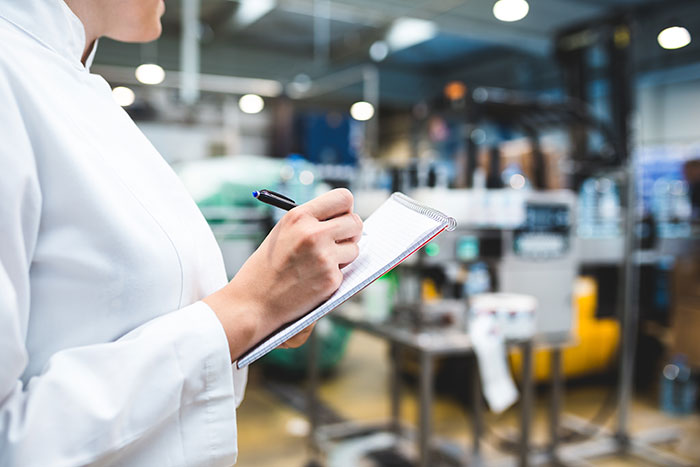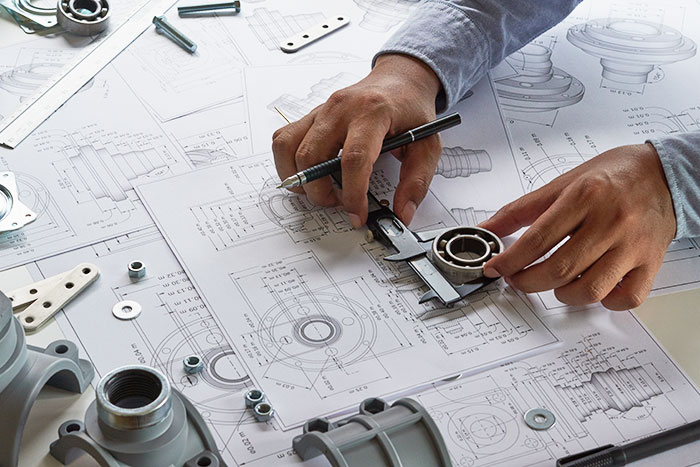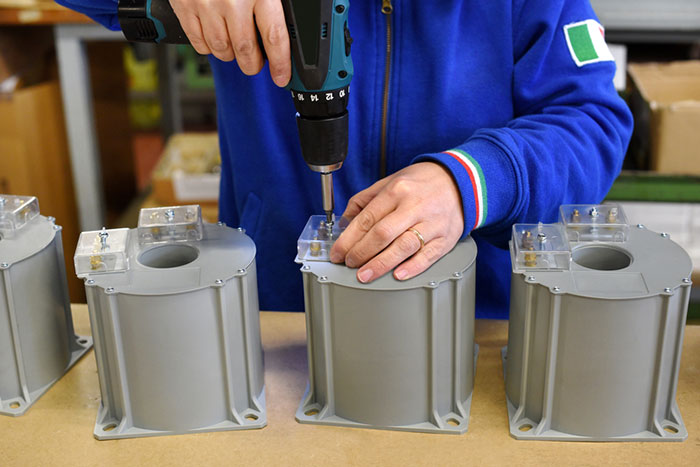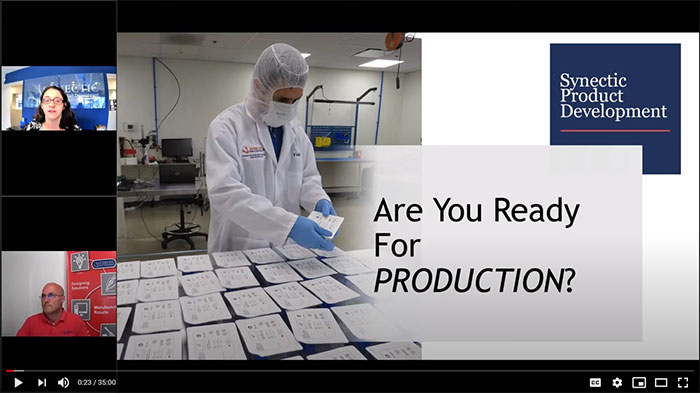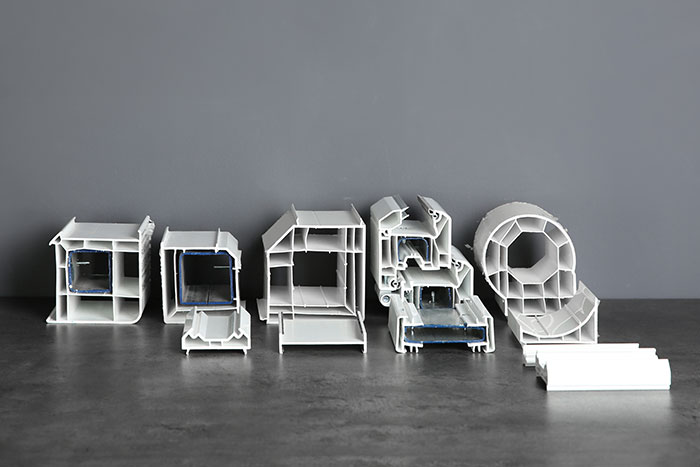
Gas-assisted injection molding is a specialized injection molding technique that creates an inexpensive, lighter part compared to traditional methods. Given its versatility and cost savings, gas assist molding has become an important player in medical device manufacturing. Before you decide on a molding process for your project, here are some things you should know about gas assist injection molding.
What is gas assist injection molding?
Gas assist injection molding is a plastic injection molding method that fully packs out a part using physical inert gas. The gas is introduced into the mold after the injected resin, resulting in a hollow part that is light and inexpensive to make. Due to its availability and cost, nitrogen is the preferred gas. Gas assist molding is especially useful in applications where the components have thick geometry and complex designs. There are two types of gas assist injection molding: internal gas assist and external gas assist.
Internal gas assist
In internal gas assist, the gas is introduced into the middle of the part geometry, forcing the molten resin to balloon outward and pack the mold. The middle of the part is left with a hollow channel. For certain parts gas injection occurs when the cavity is only partially filled with resin. After the adding the gas, then the remaining resin is injected. The gas helps the resin fill the part before packing it out. Internal gas assist molding is specifically for parts with thick sections and for producing lighter, hollow parts.
External gas assist
External gas assist is when gas injection occurs on one side of the part’s exterior. The high-pressure gas pushes the uncured resin away, packing it into the opposite side of the tool. Since the gas is responsible for packing resin into the tool, injection pressure can be lower. Even gas distribution prevents part warping and internal stress, improving quality. External gas assist can easily pack out thick geometries that otherwise would have sink marks or warping from traditional molding.
Benefits of gas assist injection molding
Gas assist injection molding offers several advantages over traditional plastic injection molding. It increases the aesthetics of molded parts due to the gas pressure pushing the plastic resin evenly throughout the mold cavities. It also helps fulfill the holding phase of the molding process faster, reducing cycle time. Additionally, the gas reduces the required press tonnage to fill out the part, decreasing tooling and manufacturing costs. From a product design perspective, gas assist allows engineers to create larger, thicker, and more complex moldable parts that would not be possible using traditional methods. Some commonly made gas assist parts are handles due to their thick cylindrical shapes, while others include doors, cabinets, and coverings.
Design considerations for gas assist injection molding
There are a few considerations when designing parts for gas assist molding. The part design must be adapted to include features that control where, when, and how to introduce gas on the plastic surfaces. There need to be gas zones and modified thicknesses in areas where the gas application occurs. Internal gas assist requires design modifications that add overspill and gas pins. Overspill pins help remove any extra resin, and gas pins act as channels for gas insertion. Specialized gas control equipment requires programming to insert the gas at the correct time and pressure during the molding process. A common issue with external gas assist is the process of the gas pushing against the plastic leaves a wavy unaesthetic marking on one side. Therefore, engineers should only use external gas assist on parts where the final assembly hides the nonaesthetic side.
Need Gas Assist Injection Molding?
About Synectic Product Development: Synectic Product Development is an ISO 13485 certified, full-scale product development company. Vertically integrated within the Mack Group, our capabilities allow us to take your design from concept to production. With over 40 years of experience in design, development, and manufacturing, we strive for ingenuity, cost-effectiveness, and aesthetics in our designs. Learn more about our contract manufacturing services and see how we can help your next project.
